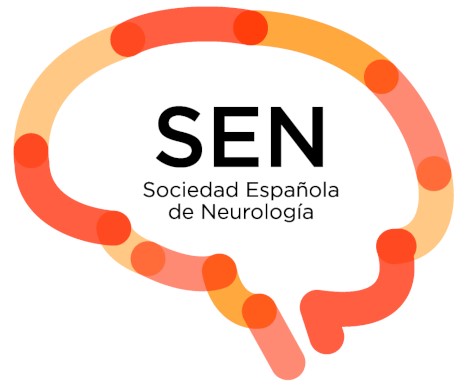Case series/case reports
In this paper, recently published in Stroke, the authors aimed to compare anterior circulation large vessel occlusion stroke severity between patients with and without COVID-19. They performed a comparative cohort study between patients with COVID-19 who had anterior circulation large vessel occlusion and early brain imaging within 3 hours from onset, in their institution during the 6 first weeks of the COVID-19 outbreak and a control group admitted during the same calendar period in 2019. Twelve COVID-19 patients with anterior circulation large vessel occlusion and early brain imaging were included during the study period and compared with 34 control patients with anterior circulation large vessel occlusion and early brain imaging in 2019. Patients in the COVID-19 group were younger (P=0.032) and more frequently had a history of diabetes mellitus (P=0.039). Patients did not significantly differ on initial NIHSS nor time from onset to imaging (P=0.18 and P=0.6, respectively). Patients with COVID-19 had more severe strokes than patients without COVID-19, with a significantly lower clot burden score (median: 6.5 versus 8, P=0.016), higher rate of multivessel occlusion (50% versus 8.8%, P=0.005), lower DWI-ASPECTS (Diffusion-Weighted Imaging–Alberta Stroke Program Early Computed Tomography Scores; median: 5 versus 8, P=0.006), and higher infarct core volume (median: 58 versus 6 mL, P=0.004). Successful recanalisation rate was similar in both groups (P=0.767). In-hospital mortality was higher in the COVID-19 patients’ group (41.7% versus 11.8%, P=0.025). The authors concluded that early brain imaging showed higher severity large vessel occlusion strokes in patients with COVID-19 in their study. Moreover they underlined that, given the massive number of infected patients, concerns should be raised about the coming neurovascular impact of the pandemic worldwide.











